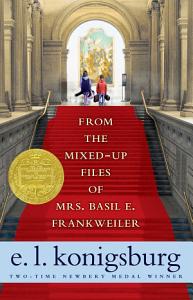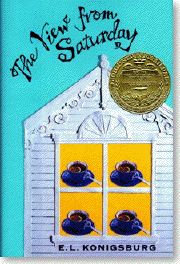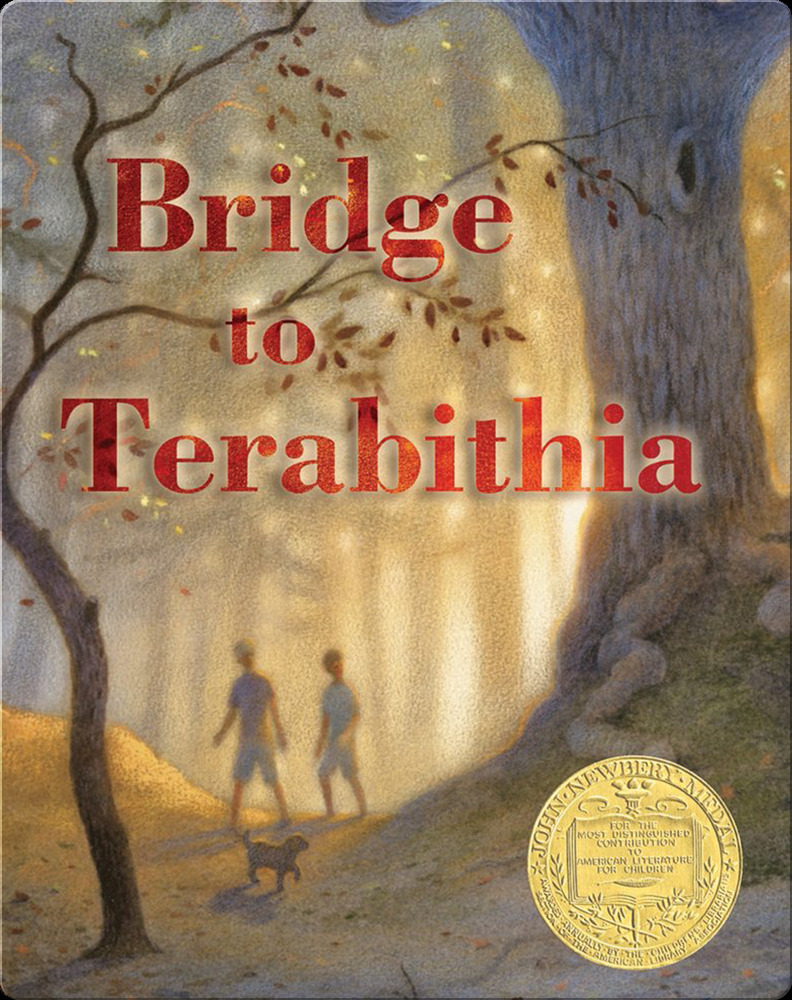Nonfiction informational books are very appealing to students, despite what many adults believe. Young, Bryan, Jacobs, and Tunnel (2020) explained that research shows children desire to read and enjoy reading informational books, but they are not necessarily always accessible to students in a classroom or school setting (pp. 207-208). Children’s nonfiction books that are available today are more appealing than those of the past. “Authors and publishers have discovered that the purpose of an informational book is not merely to present data but to stir readers’ interest in a particular subject” (Young et al., p. 208). Teachers should be aware of this research and make high-interest informational books available to students in their classrooms.
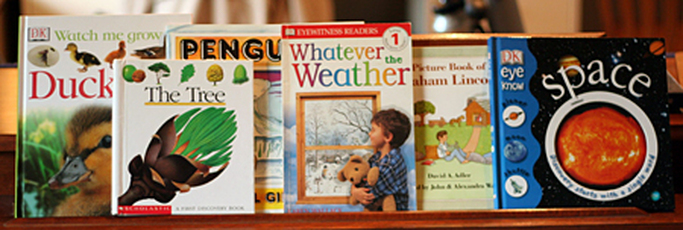
Using nonfiction children’s literature across all content areas strengthens students’ background knowledge and spurs them on to extend their learning about topics that interest them. Here are three important strategies for integrating children’s trade books into all content areas:
- Students read trade books as they are meant to be read: Opportunities for jumping into books as if students are being transported to another world.
- Teachers allow students to discover, or uncover, the information: Lessons should be structured to give students freedom for learning with open-ended questions instead of being strictly planned for students to learn only the specific information the teachers choose.
- Students share their discoveries and insights: Teachers provide authentic ways for students to share their knowledge in a variety of mediums.
Some of the response suggestions shared by Young, et al (2020) from Figure 17.2 Death to the Traditional Book Report (p.245) that would be effective for informational books are listed below:
- Write a letter to the author
- Rewrite a section of the book in a radio or stage script
- Rewrite the information in the book as a news article
- Make a timeline of important events in the book
- Make a poster advertising the book
- Find other books on the same subject and highlight them in a display or poster
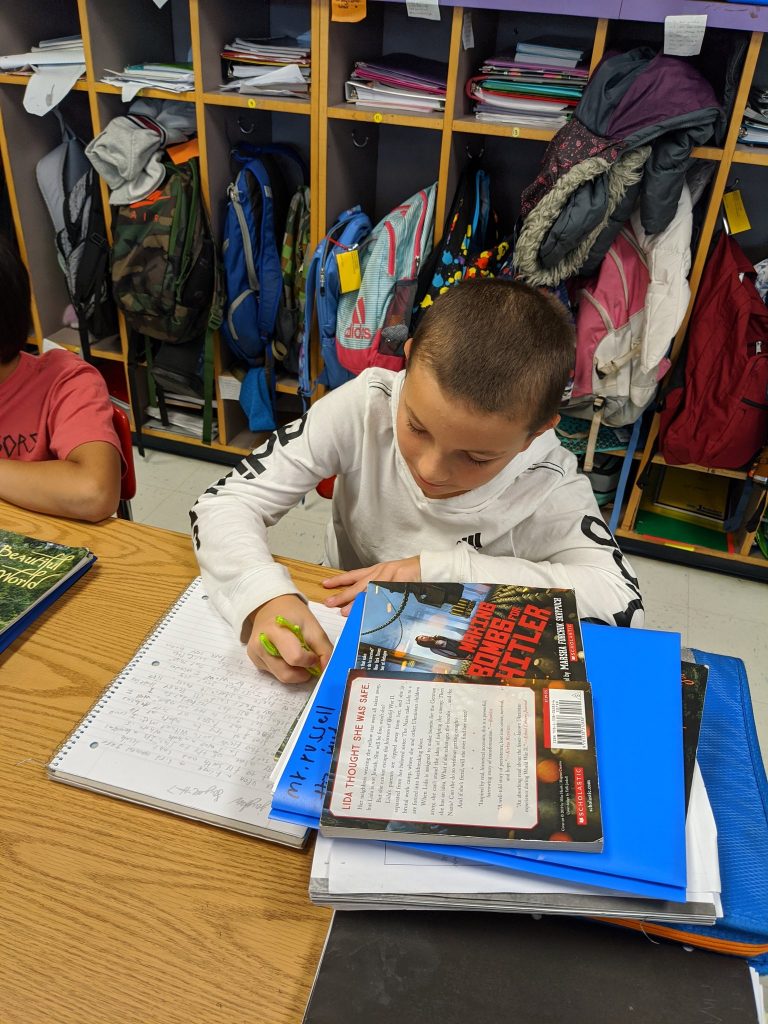
Providing opportunities for discussion is also a valuable strategy for teaching with informational texts. “The most natural response to reading is to simply talk about what one has read” (Young et al., 2020, p.243). Student-led discussions in pairs or small groups give children the ability to process what they learn and expand their knowledge through the ideas of their peers.
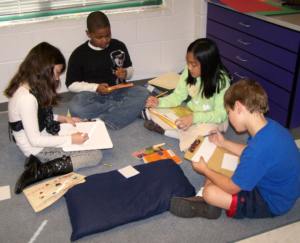
The most effective use of trade books in classrooms across grade levels and content areas is to inject a balance of fiction and nonfiction, including as many sub-genres as possible. Educators should strive to assist literacy growth, which includes both reading and writing, for all students. Giving students access to a variety of high-interest, well-written nonfiction texts will boost their reading and writing skills. “They’re never going to be able to write these kinds of papers, where they explain an idea or trace an argument if they’re not reading texts that do that for them” (McGraw Hill PreK-12, 2016). Effective teachers are always searching for the best strategies and methods to implement in their classrooms. Intentional use of nonfiction books and strategies for a wide variety of student responses will support students’ literacy learning and increase achievement over time.
References:
McGraw Hill PreK-12. (2016, May 31). Why Teachers Should Balance Narrative and
Information Text. YouTube. https://www.youtube.com/watch?v=XKM-hBPbNtw&t=111s
Young, T., Bryan, G., Jacobs, J., & Tunnell, M. (2020). Children’s Literature, Briefly (7th ed.).
Pearson.



